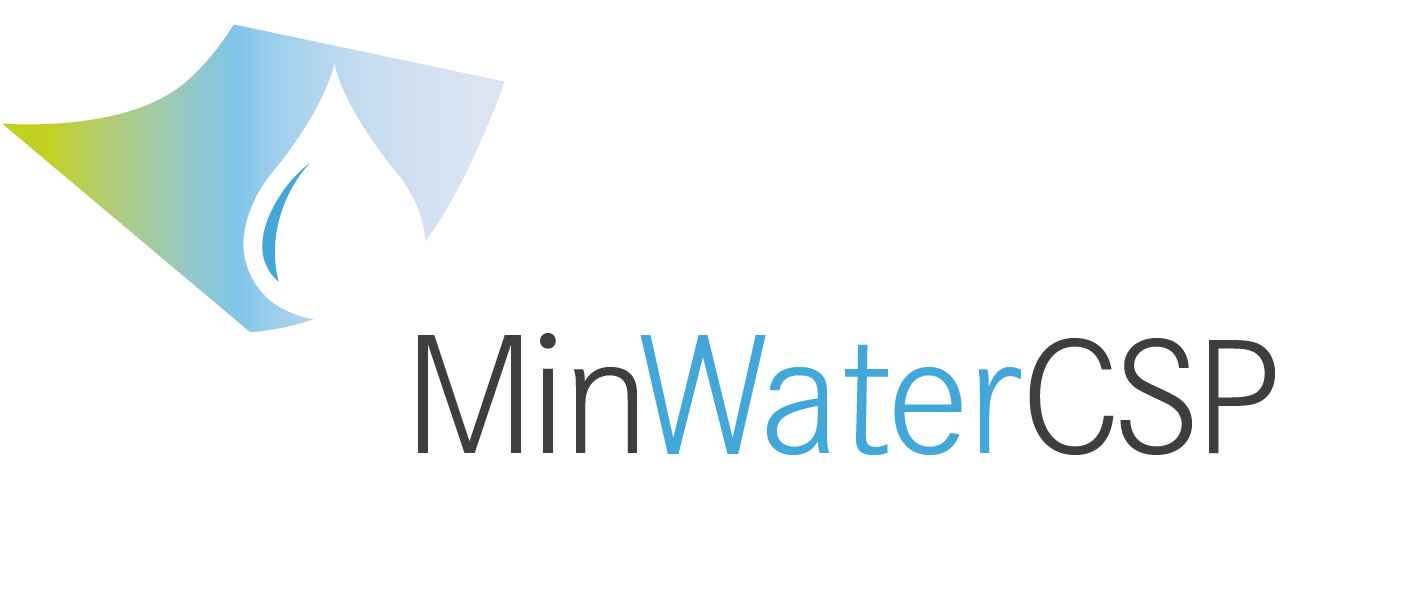Deserts and other sun-drenched regions are the ideal location for concentrated solar power plants, but where sunlight is abundant, water tends to be scarce and dust covers everything. The EU-funded project MinWaterCSP develops new solutions to reduce water consumption in such plants, making the technology more attractive for countries that suffer from water scarcity and aim to become less dependent on fossil fuels.
Concentrated solar power (CSP) is a promising electricity generation technology full of growing potential. Unlike conventional gas or coal-fired power stations, CSP plants use mirrors to concentrate sunlight – like the magnifying glass that you used to burn tiny things when you were a child – to heat water and convert it into steam; this is then used to propel turbines to produce electricity. Once the steam has done its job, it has to be cooled to condense back into water and start the steam cycle again. However, traditional CSP plants often consume a large amount of water which poses challenges in arid areas of the world.
The MinWaterCSP project, funded by Horizon 2020, the biggest EU research and innovation programme, brings together partners and researchers from over six countries, from Germany to Morocco, to solve this conundrum by developing technologies to comprehensively reduce water consumption, enabling concentrated solar power (CSP) plants to play an even bigger role in addressing the world’s energy and climate change challenges.
Water is scarce, water is precious
Rather than using water alone to cool the steam, the project partners developed a novel hybrid dry/wet cooling system that reduces evaporation losses by as much as 95% without compromising performance, building on the development of improved energy-efficient fan-based dry-cooling technologies.
While cooling is the main consumer of water at CSP plants, it is not the only one. Regular cleaning of the concentrator mirrors also consumes substantial volumes of water, especially in dry, dusty regions. To address this, the project partners are testing improved spray and brush tools at solar thermal plants in Spain, which reduce water use by 25 % (spray tools) to 35 % (brush tools), as well as deploying an automated robot to replace manual cleaning on some types of mirrors.
‘A holistic combination of next-generation technologies, spanning plant-cooling systems to optimised mirror-cleaning strategies and comprehensive water-management plans, forms the basis of MinWaterCSP’s overall solution to address the water consumption challenges of CSP plants,’ says project coordinator Dr Falk Mohasseb at Kelvion Holding in Germany.
The project involves several international partners such as: Kelvion Holding GmbH (Germany); Kelvion Thermal Solutions (PTY) LTD (South Africa); Institut de Recherche en Energie Solaire et Energies Nouvelles – IRESEN (Morocco); Stellenbosch University (South Africa); Fraunhofer ISE (Germany); Sapienza University of Rome (Italy) and others and has been funded with € 5.8 million from the EU.
Author of this article:
Antigoni Avgeropoulou
Scholz & Friends Berlin GmbH
Tel: +49 30 700186-390
Email: a.avgeropoulou@s-f.com
The project has ended 12 /2018.
Link to CORDIS WIRE: https://cordis.europa.eu/article/id/413327-saving-water-when-the-sun-shines
List of partners in this project: https://www.minwatercsp.eu/partners





